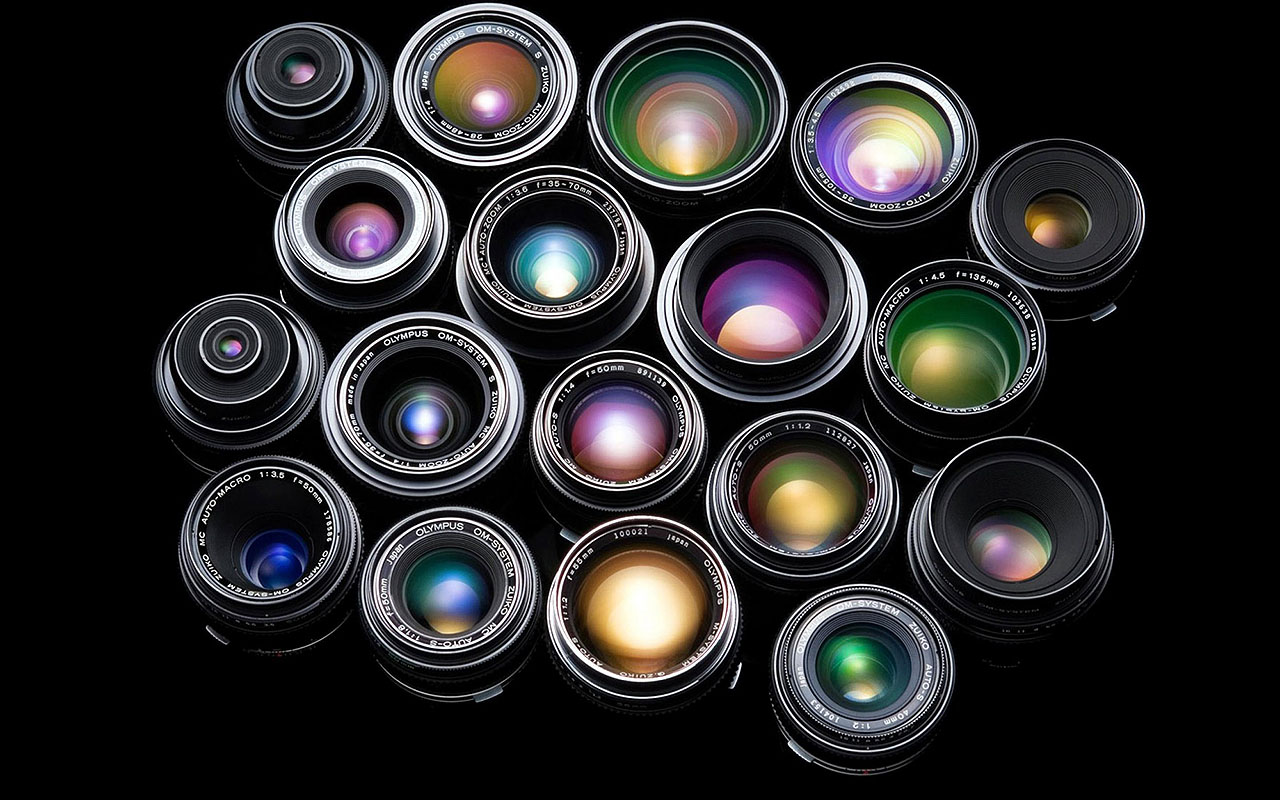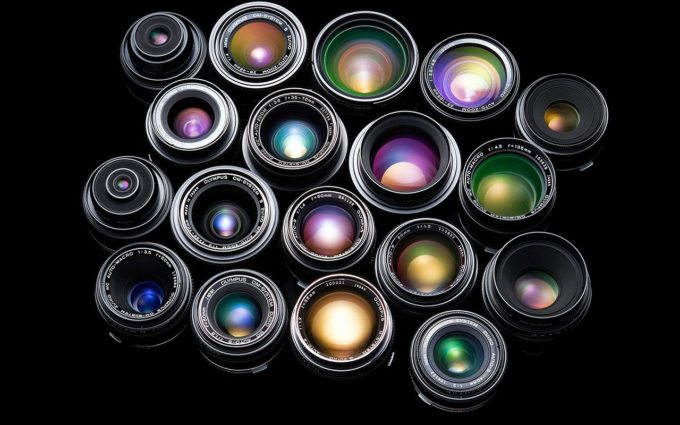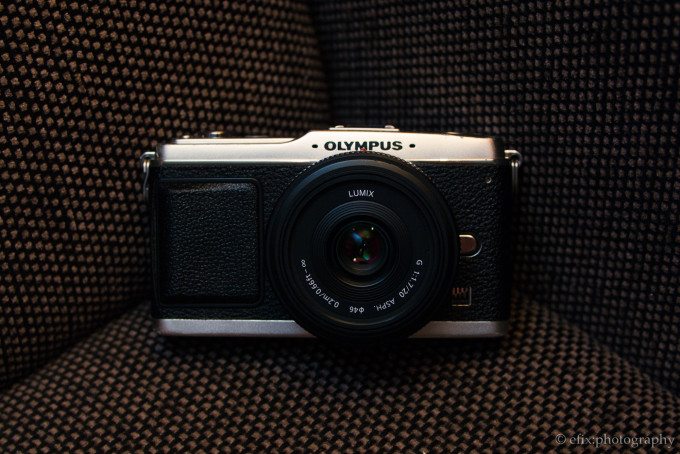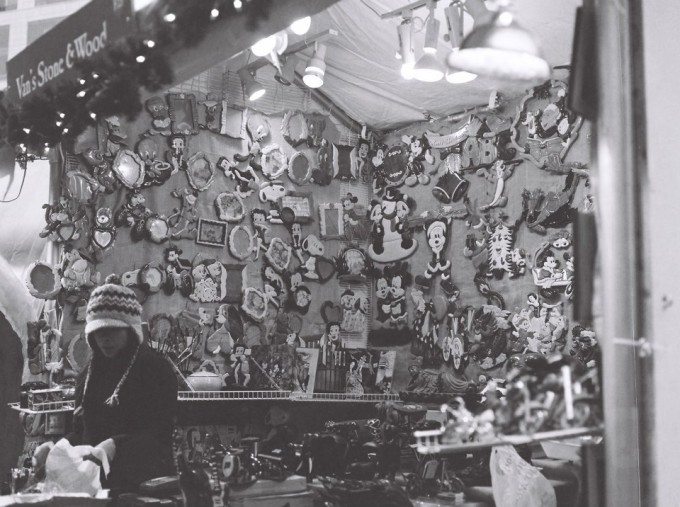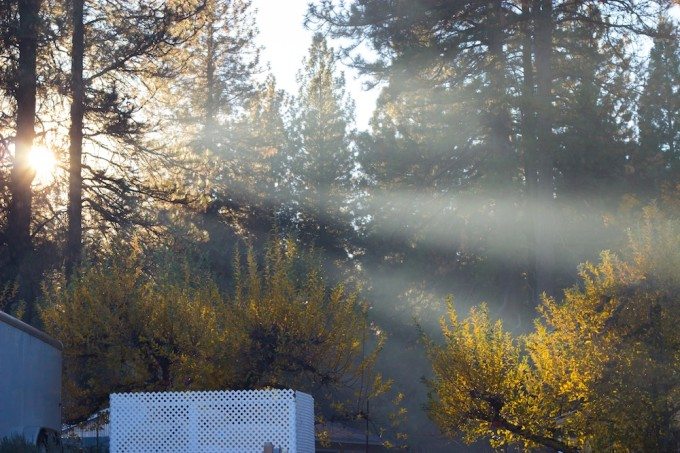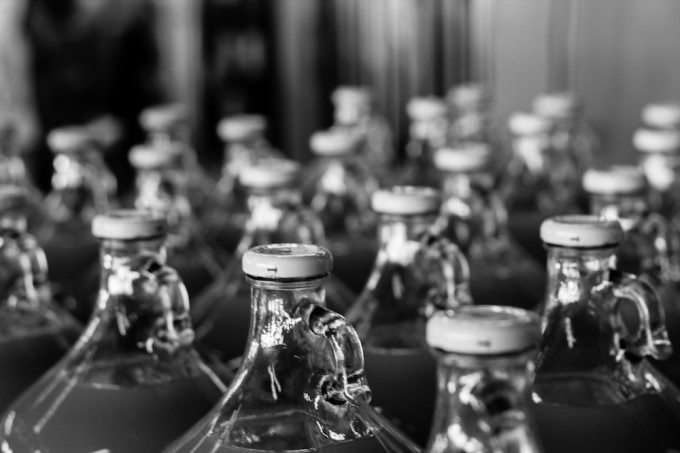Last Updated on 01/20/2013 by Gevon Servo
If you’re asked what your favorite lens is, how would you respond? Could you list one right away without hesitation and explain why it’s your favorite? It’s not always an easy thing to do (unless you’ve only got one lens I suppose) but it’s a question often asked of us here at The Phoblographer, so we’ve decided to share our opinions with all of you. Read on to hear from some of the staff.
Abram Goglanian – Lead Reviewer
When I think about this question, my mind immediately goes to the 35mm lens, not any one in particular, just the 35mm focal length. It is quite popular for general purpose photography and reportage style images, but I find that the slightly wider view it offers over 50mm (another personal favorite) usually just works well for me. For many years I chose to work almost exclusively with a 50mm lens because it offered a very normal view and translated well with the scene I was seeing. I still feel that way, but I’ve found that I progressively preferred a slightly wider angle of view. I tend to work in the wider angle range in most cases these days.
As for which particular lenses I favor in the 35mm range, I think it is difficult to choose just one as I’ve had so many wonderful ones. The best one would have to be the Leica 35mm f2 Summicron ASPH which was a highly impressive lens in every way. My most used ones these days though are the EF 35mm f1.4L from Canon and the 35mm f2 which is mated to my Hexar AF film camera. If you don’t mind manual focus, the Zeiss 35mm f2 ZE is an extremely impressive optic that I really enjoyed working with as well.
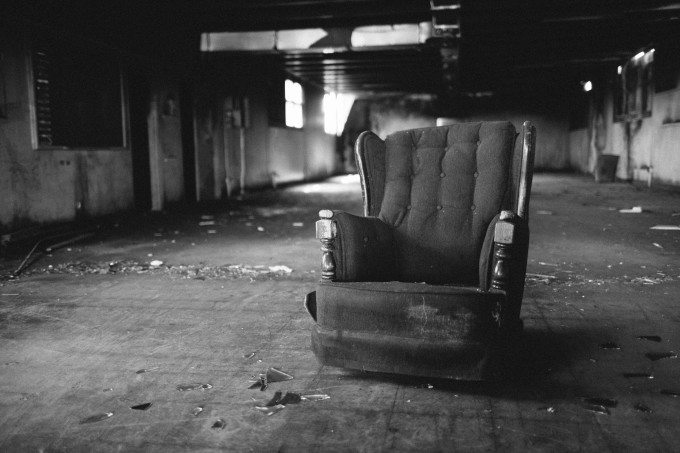
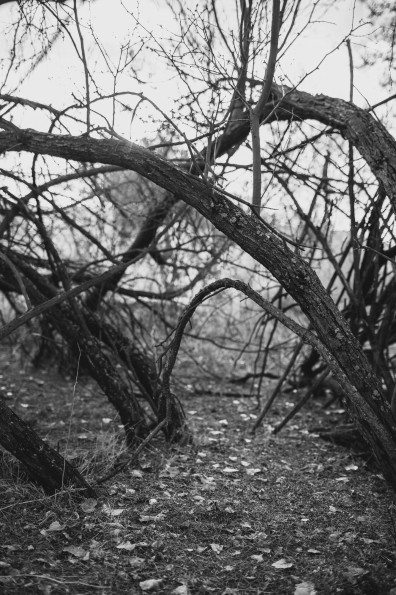
Felix Esser – News Writer
My favorite lens–I couldn’t really say I have a specific one. Neither could I say I have one favorite focal length. I love all my cameras and all my lenses, and try to give them equal use. Though of course, some are used more, and some are used less. Depending on the situation, my mood, or simply which camera-lens-combo sits most prominently on my shelf, it may be a wide-angle today, a “normal” (i.e. 50mm or thereabouts) tomorrow and a telephoto lens the day thereafter. There’s a clear tendency though: I do prefer normal to moderately wide focal lengths most of the time. And among these, there’s one I’m always getting back to: the Panasonic Lumix 20mm f/1.7 for Micro Four Thirds.
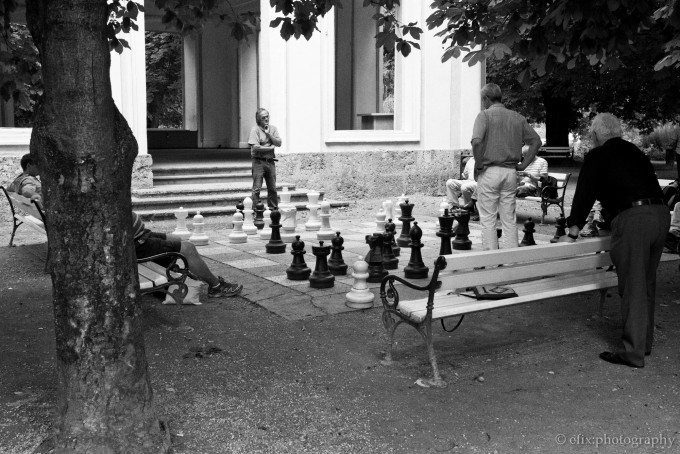
This lens has been with me for over three years now — pretty much since it got available in late 2009, and I couldn’t imagine ever parting with it. It has made some of my most cherished pictures, be they family snaps, architectural shots, landscapes, pictures taken at the zoo … One reason why this is my most used lens is that it’s the one I had the longest, and that for a considerable amount of time it was my only lens for the Micro Four Thirds system. But more importantly, the 20/1.7 has a number of properties that make it my go-to-lens:
- With its focal length of 20mm, it corresponds to a 40mm lens in full-frame terms. And 40mm is the perfect balance between moderately wide and just slightly narrow. Not too much of either, and a little bit of both.
- With its f/1.7 initial aperture, I can not only take pictures in dimly lit environments. In conjunction with the 20mm focal length, it also provides shallow enough depth-of-field for some serious subject isolation — up to a certain distance, that is. I.e. mostly close up.
- It’s small. Really small. Together with my Olympus E-P1, this is the perfect package to take anywhere any day. And compared to most pancake lenses for full-frame systems, which max out at f/2.8, it’s over a stop faster.
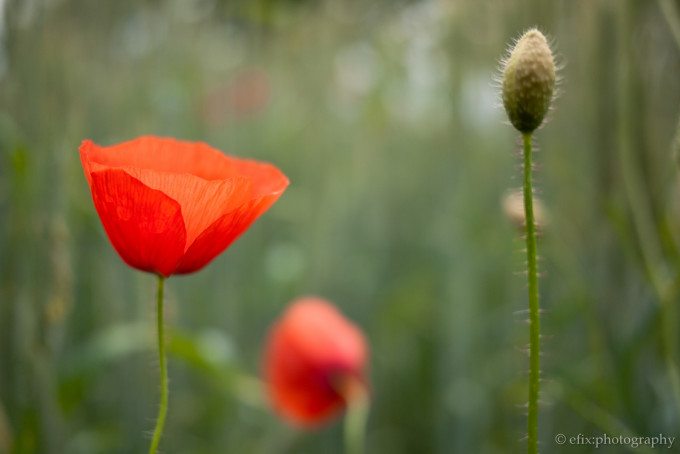
So, is this my favorite lens of all time, of all the lenses I’ve ever owned? Probably not. The focal length is not always right — sometimes even 40mm can be too wide, sometimes too narrow. It’s not always fast enough. And a Zeiss lens on a Kodak CCD (such as in the Leica M8) beats it any time in terms of color rendition and micro contrast. But as an allrounder, it’s perfect. It does everything right — or rather, just right enough so that I find myself using it relatively more often than any other lens I own. And during our last summer holidays, I even used it exclusively on the Panasonic G1. Did I miss anything? No. Did I come back with a bulkload of gorgeous holiday pictures? Heck yeah. Long live the 20mm pancake.
Chris Gampat – Editor in Chief
Oh man, where to begin. I’ve accumulated a whole stack of lenses that I’ve fallen head over heels for recently. I’ve made a move from all Canon DSLR lenses over to Sigma because I heartfully believe that they’re committed to creating stellar products. I also use only the best for Micro Four Thirds with the Voigtlander 17.5mm f0.95. But when I was thinking about working on this post with the rest of the staff, I told myself that I’d be going for the Fujifilm 35mm f1.4 X series lens because the focusing speed has vastly improved and it is one of the sharpest lenses I own.
Then I realized that I lied to myself.
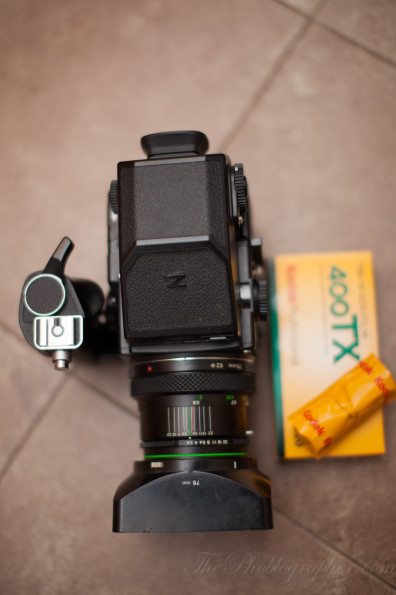 A couple of weeks back, I purchased something else for my collection (I own 3 digital cameras and 4 film cameras). The Bronica ETR-S is a medium format camera that was made by Tamron, and I considered purchasing it for a very long time. These cameras were built like tanks, and their lenses were excellent but not up to Contax, Hasselblad, or Mamiya quality.
A couple of weeks back, I purchased something else for my collection (I own 3 digital cameras and 4 film cameras). The Bronica ETR-S is a medium format camera that was made by Tamron, and I considered purchasing it for a very long time. These cameras were built like tanks, and their lenses were excellent but not up to Contax, Hasselblad, or Mamiya quality.
And now that brings me to my favorite lens: the Bronica 75mm f2.8. Rendering a normal (around 50mm) field of view on 120 film (645 format), this lens is not only extremely sharp, but it feels beautiful.
From the excellent depth of field scale, the creamy movement of the focusing ring, the snappy clicks of the aperture ring, and the almost overall romantic look to the images it delivers–there is no reason why I haven’t fallen head over heels for this lens.
More interestingly is the lens hood: which resembled a matte box that videographers would use for recording footage. In order to take the lens cap off, I need to remove the hood first–which is a bit annoying but gives the lens some extra protection.
The lens also has a depth of field button; and when the aperture blades close I can see all five blades. Five blades?! Yup…and it still delivers some of the sharpest images I’ve shot so far and the creamiest bokeh that is worth dreaming about.
I’ve thought about adapting the lens to my Full Frame DSLR or my mirrorless cameras, but why bother. I bought medium format to take advantage of the large negative size. And I wouldn’t have it any other way.
Gevon Servo – Social Media Coordinator
When it comes to what my favorite lenses are, well that is somewhat difficult. I have three at the moment. These lenses are on my camera the most or in my bag. Because my shooting style can be somewhat varied, I have to stay equipped for any situation. What makes these lenses my favorites is not only their portability but also their utility.
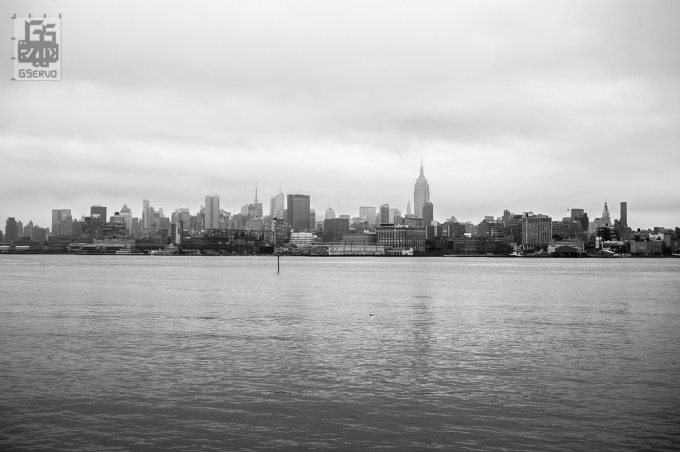
The Nikon AF Nikkor 28-80mm f/3.3-5.6G is a lens I bought because I could not afford a proper 24-70 f2.8 . An old discontinued lens, originally introduced in 2001, the 28-80mm G was a kit lens for Nikon autofocus film cameras like the Nikon N65. When I originally researched it, the 28-80mm G seemed to have a good track record. It also cost about $60 so I purchased it for My Nikon D90. On that camera it was underwhelming however, when I put it on my Nikon D700, it was fantastic. It gives me an opportunity to shot wide or shoot a portrait whenever I need to. I usually keep the lens between f5.6 and f8. The 28-80mm G always does the job especially when photo walking. It is not fast, it is not the best lens in the world, and nonetheless it works for me.
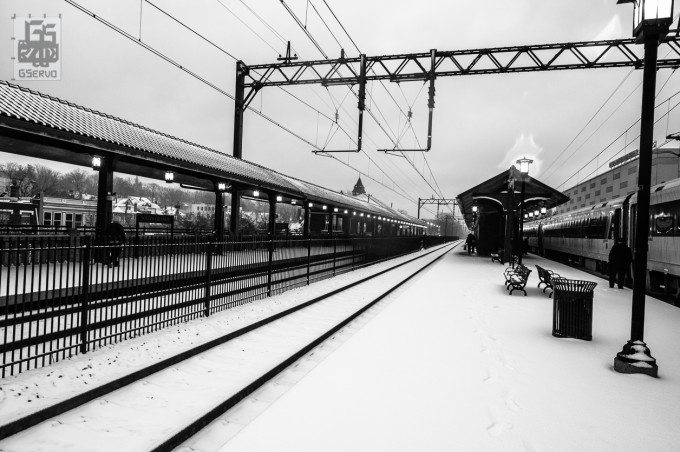
The Nikon 24mm f2.8D is one of my latest favorites. I have been in love with this focal lengths since I reviewed the Nikon 24mm f1.4G. While that lens was out of my reach, financially the Nikon 24mm f/2.8 was just right. Much smaller and much lighter, about the same size as the Nikon 50mm 1.8D, the Nikon 24mm f/2.8 provides me the field of view I love reasonably. It is sharp and fun to use. This lens, introduced in 1994 and still produced today, is a marvel. I can also use this lens on my film cameras because it has a focus ring. I use this lens mainly for landscape photography and photo walking. When I want a different perspective the Nikon 24mm f1.4G is a wonderful way to get it.
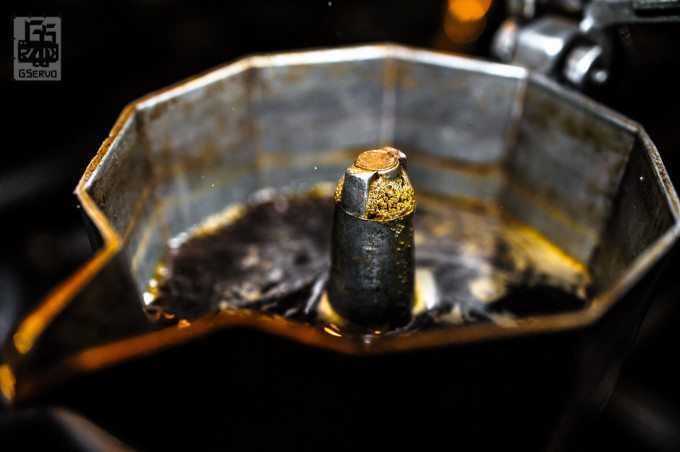
The Nikon 40mm f/2.8 G was a lens I purchased before I ever got to test . When I first heard about it, I just had to have it. A small compact macro lens for my Nikon D90, it was amazing. Able to shoot portraits, coffee, and a blade of grass all without having to change anything was enchanting. One of my favorite things about this lens is that I also shoot with it on my Nikon D700, a full frame camera, in FX mode. For some crazy reason it just works. This lens does stay on my Nikon D90 the most. I use it for coffee photography often. I can get everything from the coffee grind to a person pouring without skipping a beat.
Bobby Zhang – News Writer
While I may not own as many lenses or cameras to even compare with the rest of The Phoblographer team, I have found that to actually be advantageous in it’s own way. The way I see it, since I don’t have glassware to cover all of the focal lengths that I can pick and choose from, I find that the Canon 50mm f/1.8 to be my go-to for just about everything. Surprisingly, it has stuck with me through most occasions, rightfully earning its nickname, the Nifty Fifty.
With its $100 or so price tag, this lens is worth every penny. Restricted to a college kid’s budget, the nifty fifty was the most economical choice, but at the same time, it is an excellent piece of glass too. I had also looked into the 50mm f/1.4 and the f/1.2 but I just couldn’t afford it. Don’t let the price fool you, because despite its less than ideal AF and its entirely plastic body, image quality is top notch. On top of that, it is as light as most lenses go. The weight and length of it makes it an excellent choice for street photography or just whenever you need to go light. For heavy duty work, its performance is nothing to laugh at. Attached onto my Canon T3i, I was able to even shoot fast action sports like hockey. Of course, a much longer focal length would have been preferable, but aside from that, this lens is <3.
For shooters who are looking for a lens that they don’t have to worry about babying all the time and can just take out to have fun with, I highly suggest giving the nifty fifty a look if you haven’t already, because it’s got everything going for it and you’ll find it hard to not fall in love as well.
Julius Constantine Motal – Copy Editor
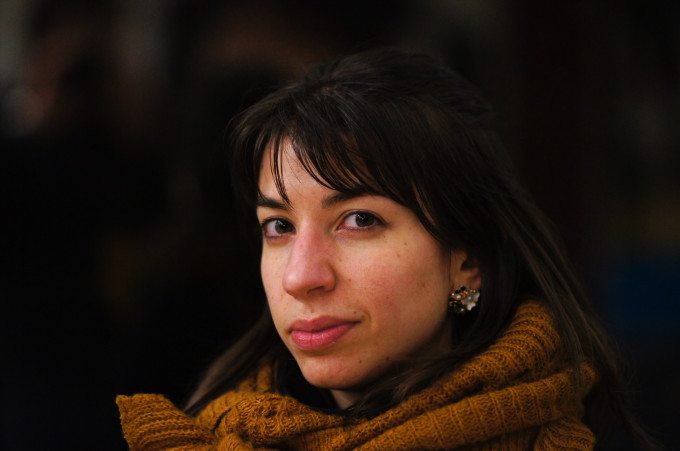
Favorite lens, you ask? You would have a better chance asking me what my favorite novel is, and even then, I would offer you a handful of names. I have a fairly sizable collection of lenses. Most of them were given to me by my father. Others were purchased. My first thought was, and will always be, my Minolta 50mm AF f/1.7. There’s something about the 50mm field of view I just can’t quit. Perhaps it’s because it’s the closest to the human eye’s field of view that has me hooked. It can render images beautifully. Some of the greatest photographers in history used a 50mm lens. Yet, like Robert Plant sings, I have to put her down for a while.
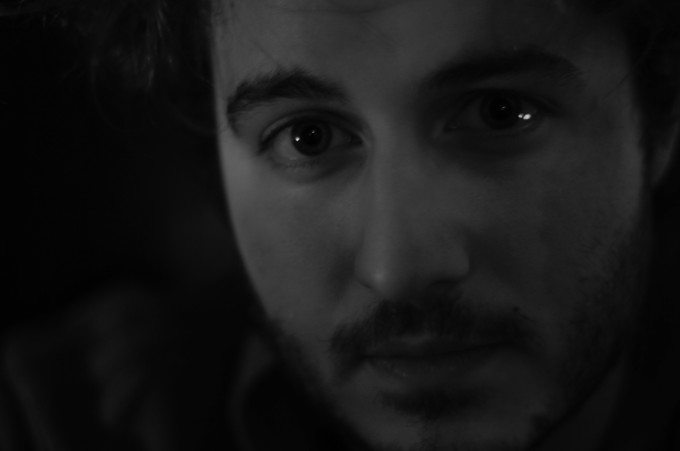
Within the past two weeks, I acquired the Samyang 85mm f/1.4. It’s the same as the Rokinon iteration, as both are under the same company. I’ve always been interested in an 85mm lens. I remember trying the Zeiss 85mm f/1.4 at B&H some time ago, and I was thoroughly taken with how beautifully it rendered images. But I am not a rich man. Slowly but surely, the Samyang attracted my attention.
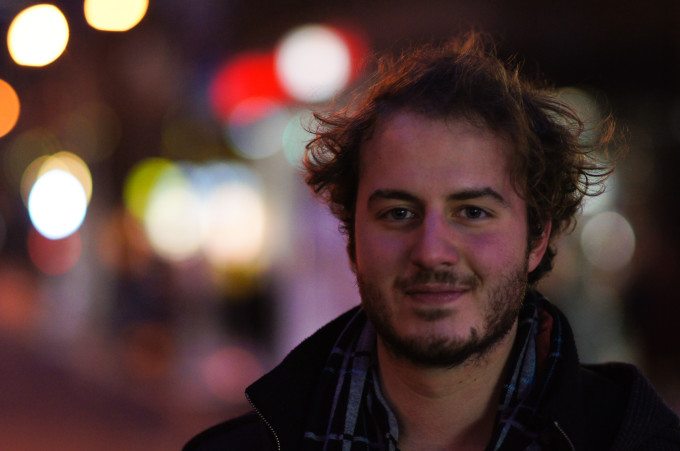
The Samyang lens is an interesting creature. It exists halfway between two eras. It’s built for Sony alpha and Minolta Maxxum cameras, but it is completely manual. There’s an aperture ring tucked behind a slow-moving focusing ring. It’s completely upended my approach to photography. If ever there was a sticky situation with one of my Minolta AF lenses, I could rely on my camera to help me get the shot I needed. With the Samyang, I am responsible for every aspect of the image. It’s taken some time to get used to, and I have to readjust when I switch out lenses. Despite that, the Samyang 85mm can produce some beautiful results, and what it can do for portraits is wonderful. It’s quickly becoming one of my favorite lenses to shoot with, and while I don’t think it will supplant my 50mm, it has earned my respect. So, for now, I think it’s a tie.
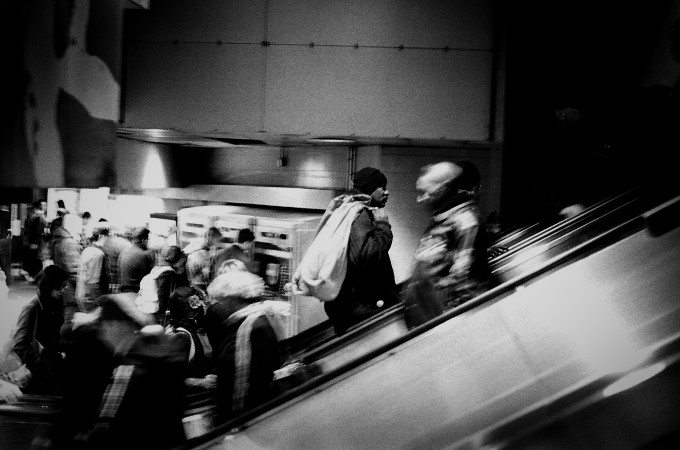
Peter Walkowiak – News Editor
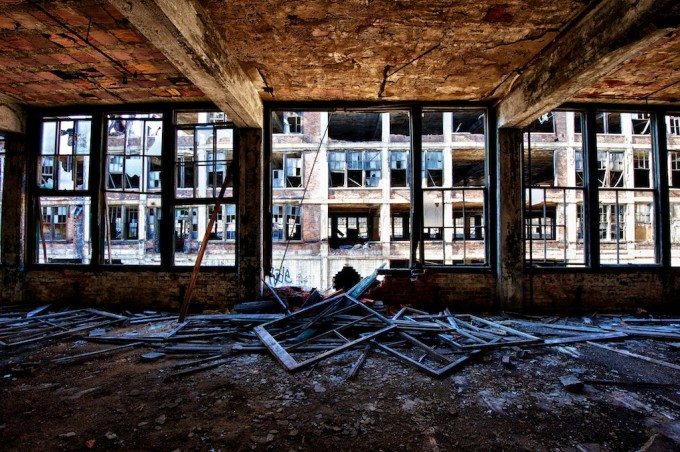
I am a landscape/cityscape photographer and will always be addicted to wide angles. I was first hooked on my 24mm f/2.8 prime lens and that lasted me a couple years… then came the announcement of the Nikon 16-35mm f/4 VR lens. It may not be the widest lens available but it’s at the center of affordability and amazing. I joke around and say that if the lens broke and got stuck at 16mm I wouldn’t mind much. The lens in my opinion is appropriately sharp at all apertures and has provided me with some exceptional images.
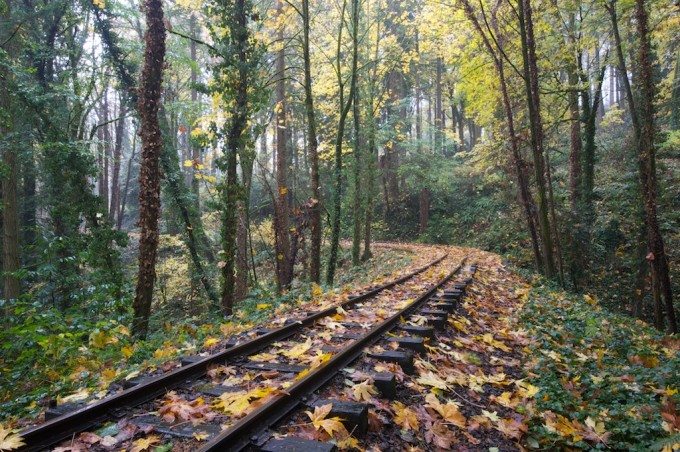
The lens’s internal focussing system moves inward which compromises it to rain but so far has survived all of the beating I have given it. I use my cameras as a carpenter would use a hammer, I respect it but I work them hard. When I mention rain I mean this thing has been soaked and dripping, I’m not sure if its what Nikon intended it to be used in but it is a trooper and continues to be an incredibly reliable lens.
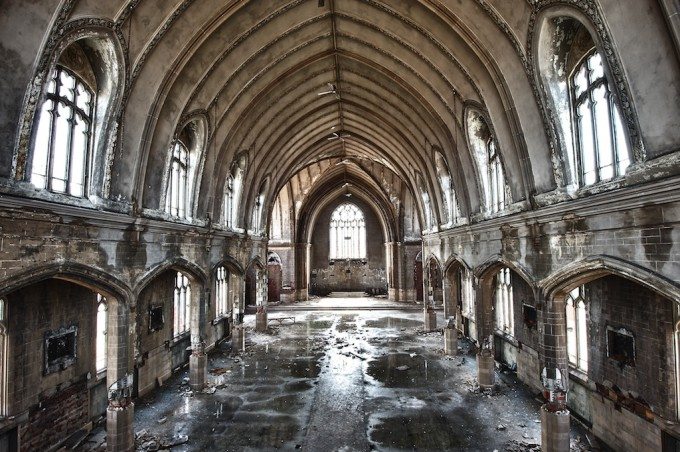
I look at the alternative lenses, the Nikon 17-35mm f/2.8 and the famous 14-24 f/2.8 and I am sometimes tempted by them. You see my lens is the only one of the bunch that has image stabilization and I need that far more often than more DOF. VR combined with my D800’s ability to set auto ISO based on focal length make a very efficient team.
This lens gives me the perspective that I want but it also has a bit of distortion to it, this is what makes the 14-24mm most tempting. As long as I am not shooting portraits with the lens or have people or vertical objects on the side I am quite happy. I am not much of a post processing person (I spend about a minute at most) so I don’t like editing if I can avoid it. For those who don’t mind staring at a computer there are always great tools made to correct distortion.
Please Support The Phoblographer
We love to bring you guys the latest and greatest news and gear related stuff. However, we can’t keep doing that unless we have your continued support. If you would like to purchase any of the items mentioned, please do so by clicking our links first and then purchasing the items as we then get a small portion of the sale to help run the website.


